Do You Need Zero Trust Security? 5 Signs the Model is Right for Your Organization
October 26, 2021
|
Duration:
5
min READ

“Zero trust” is the hottest buzz word in information security today. The model maximizes security and minimizes risk by not trusting any user or device inside or outside the network. It limits user access to only what’s needed to complete their tasks. This severely hinders the ability for malicious agents to breach any applications or data and, if they do, contains any potential breach. Read more about what Zero Trust is in our previous blog post.
This all sounds promising, but does your organization really need to implement a zero trust security model? Here are five signs that your business or organization would benefit from zero trust security architecture:
1. You don’t have an identity access management system in place yet.
Identity security has become the bedrock of modern security, ensuring that only authorized users and devices have access to the applications and data they need. If you don’t already have an identity access management system, deploying such a system without using a zero trust framework would belike installing keycard locks on each door in an office or facility, but giving everyone a master keycard.
With an IAM system in place, zero trust can easily become your default security stance, so users can only open doors to resources that they should have access to while monitoring who exactly is coming and going.
2. Your organization has identity access management, but no security perimeter.
So you have a keycard system inside your office, but do you have a security system to enter the building in the first place? If you already have identity access management solution in place for on-premises but no security perimeter, building on that foundation to expand your boundary can increase your protection while providing more secure and flexible remote access than a virtual private network (VPN).
3. You have network users that exist outside your organization — contractors, vendors, and suppliers.
If you hire vendors to undertake projects for your organization, they may need access to your network or cloud and the ability to collaborate with your internal team. With a zero trust framework in place, you can provide that access for the exact time frame needed for the project and with an automated off boarding process in place so that access is revoked when no longer needed. You can ensure that vendors, contractors, suppliers and others are granted access only as needed to complete the project.
4. You need employees to be able to work remotely with their own devices.
The days of bringing home a company-issued laptop or getting a company-owned phone have faded as employees increasingly use their personal devices to get work done. A zero trust security framework can ensure that devices that access resources within your network or cloud are identified and validated each time they connect, and automatically flag when a change is detected — logging in from a new geolocation or accessing a new resource, for example — would then require multi-factor identification.
5. Your organization uses applications asSoftware-as-a-Service (SaaS) or Platform-as-a-Service (PaaS).
Using Salesforce for customer service management, AdobeCreative Cloud for design and editing, Dropbox for file sharing, or ADP for payroll? These powerful collaborative tools also mean that any of your data associated with those applications is outside your internal corporate network.A zero trust framework can ensure that only authorized users can access those applications and any of the proprietary data and information stored within is secured.
Conclusion
These are just a few examples of why zero trust may be the right fit for your organization. The next, best step is to get a zero trust security assessment from qualified experts who can pinpoint gaps in security and determine the best way to keep your network secure, while keeping your organization running efficiently.
Authors
No items found.
No items found.
No items found.
No items found.
.svg)

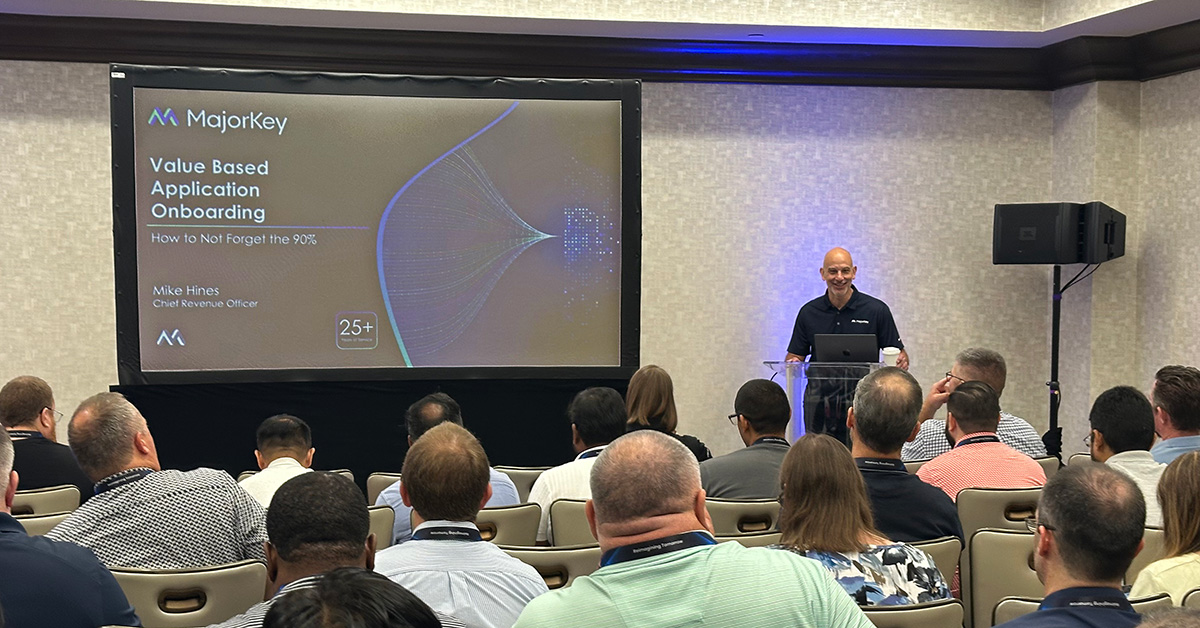




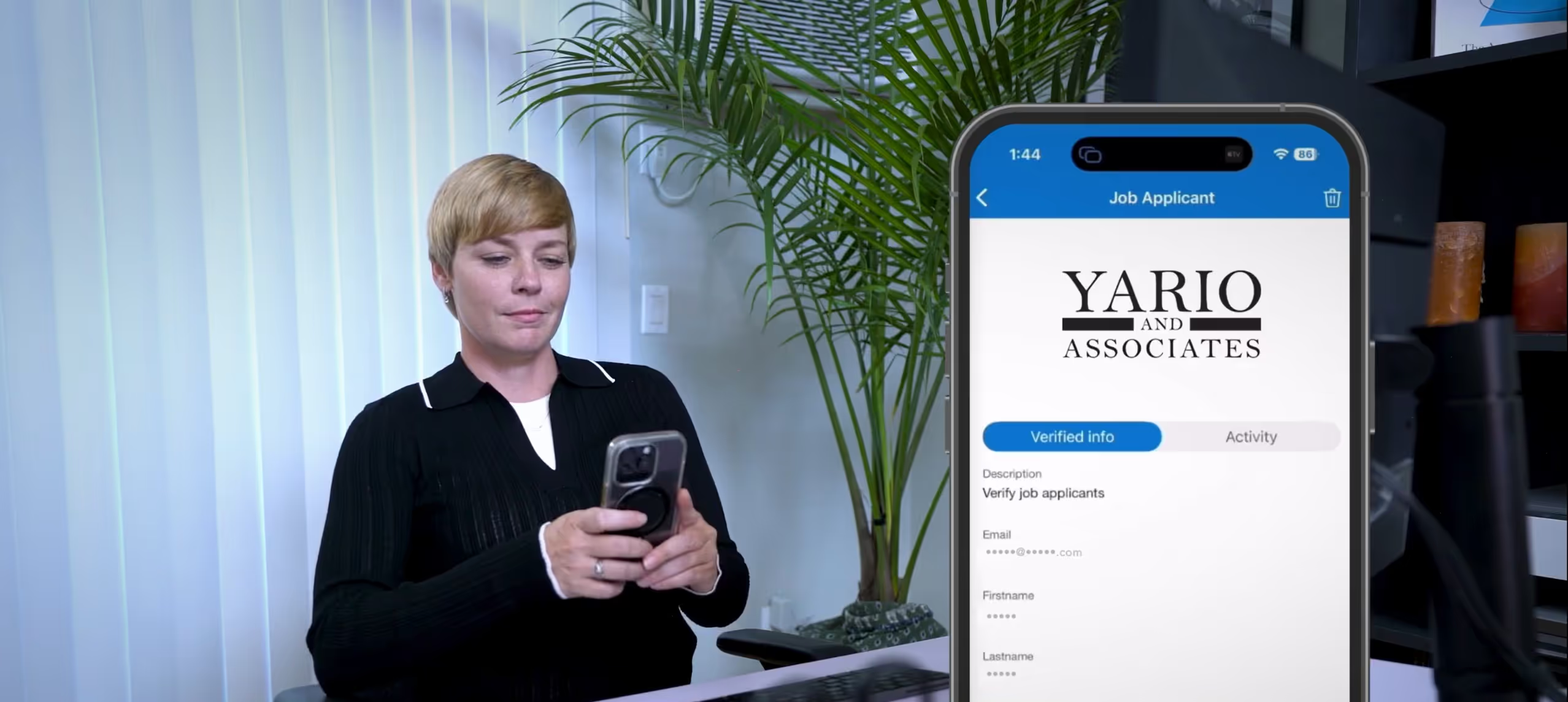



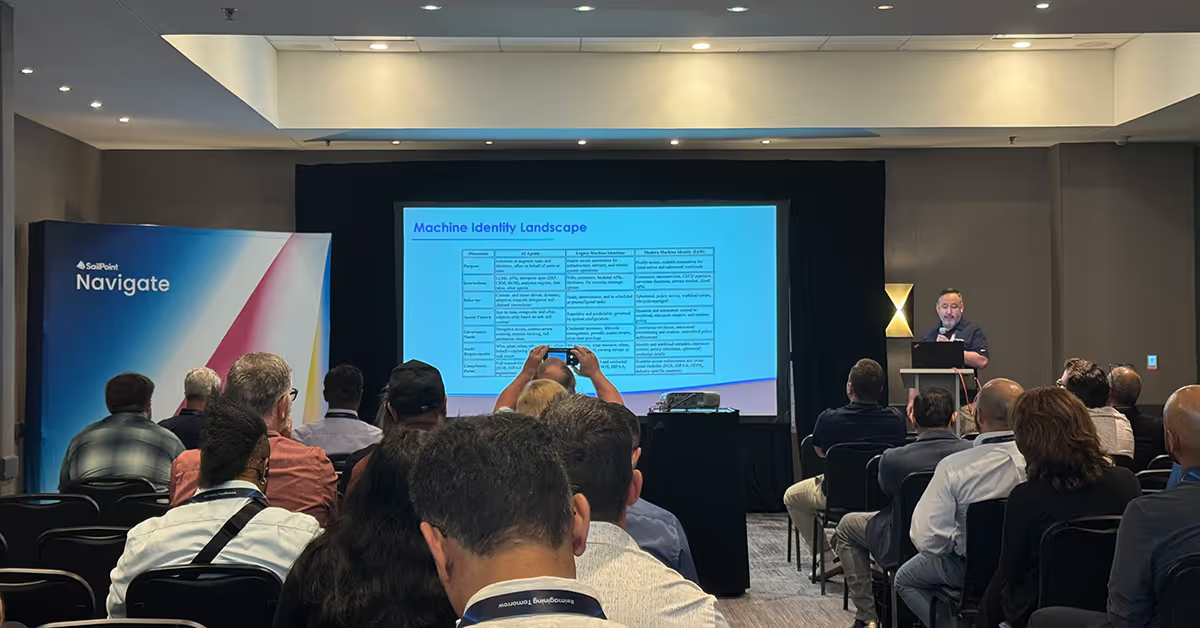
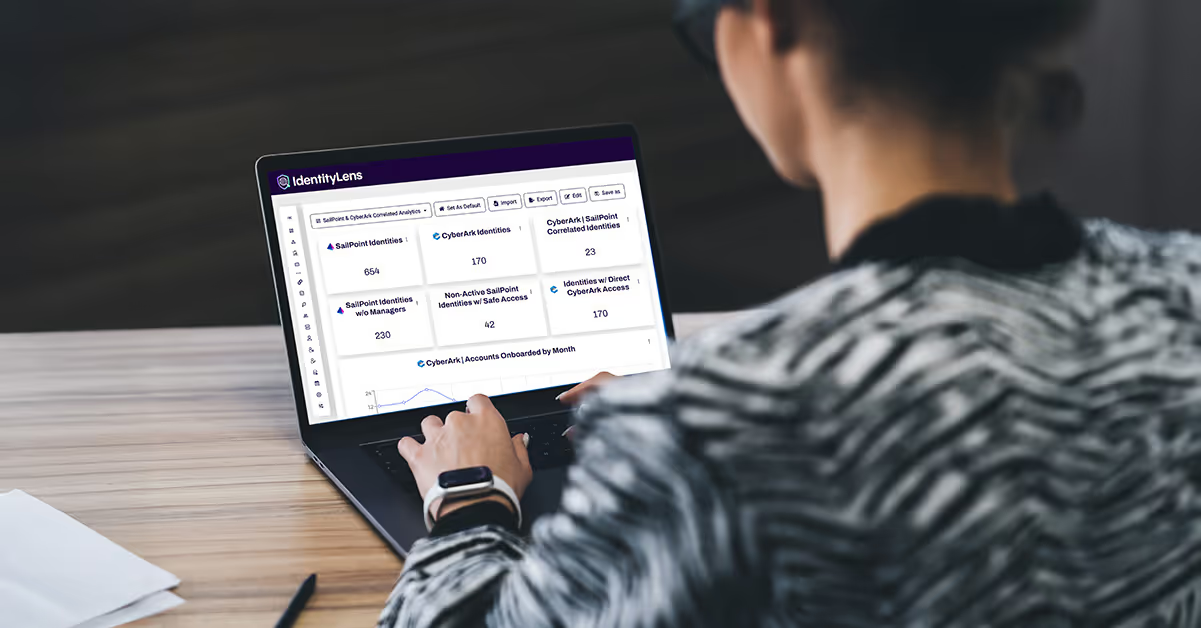
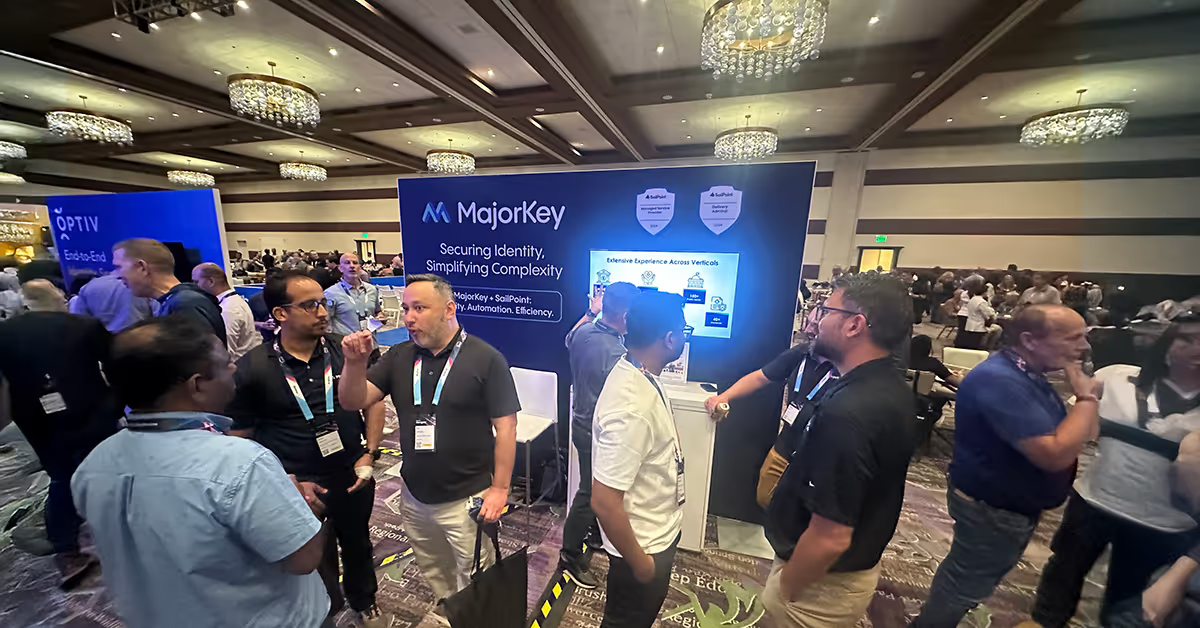






.svg)
